Since electricity and heating bills have got so expensive, I have looked for ways to save energy.
One thing I was interested in exploring was switching to cold water for my laundry.
My biggest concern was with getting things sanitary and keeping whites white. What happens if you wash white clothes in cold water? Do they go grey? Can you get stains out? Would my laundry still get clean?
I started out by cold washing my colored clothes. As I got more confident with that, I shifted to full-time cold washing, and now the dial never moves up.
To make sure that I still got great results, a few tweaks were necessary.
Here they are in a nutshell:
Select a regular or intense cycle (not quick). Use a small amount of your normal detergent along with a couple of tablespoons of washing soda crystals. Add a tablespoon of oyygen-based whitener such as Oxiclean. Don’t mix whites with colors. Add some distilled white vinegar to the rinse cycle.
Read on for more details, such as how to stop your machine from getting smelly when you wash at cold temperatures.
Heads up: I sometimes use affiliate links. When you click these links and make a purchase, I may get a small commission. It won’t cost you anything but it helps me to run this site.
Why wash white clothes in cold water?
For about a year now, I have been washing all my laundry in cold water. Even things like dish cloths and dog beds get washed on cold now. There are no exceptions.
Here are the four top reasons why I switched and never went back:
- Saves electricity. Since switching off the heat, we have saved a lot on our electricity bill. That’s because when you stop your washing machine from heating the water, you only pay for the drum to turn, which is much less.
- Clothes last longer. Since switching, I’ve noticed that jeans do not fade as quickly, and there is less shrinkage.
- Stains still come out. Certain stains such as blood, and food stains often set into the fabric when you wash in hot water. Most stains come out without any treatment. But for anything I think might not come out, I spray with a mixture of water and my normal laundry liquid.
- Whites are still white. I thought that my whites would go grey in cold water, but I was wrong! With just a few tweaks, that I take you through below, your whites would never know the difference!
Washing clothes in cold water vs hot water
As I said, I now wash all my laundry in cold water, and I don’t miss it at all! The savings on the electricity bill are immense. Now I try to do a wash on a decent drying day, so I save even more by not using the tumble dryer.
As long as I use a good detergent and combine that with some soda crystals for extra cleaning power, stains come out, and the washing is clean.
But cold water isn’t always the answer.
Choose a hot cycle if:
- You need your laundry to be sanitary. If you work in a medical setting, or you have family members with compromised immunity, hot water is best.
- You need a quick wash. My quick wash cycle will not run on cold water. For the best results, cold cycles need a good medium to long washing cycle. If you need something washed quickly, then warm or hot water is best.
- Your washing is really grimy. If you have a very heavily soiled load, you might find warm water is best.
How to wash white clothes in cold water
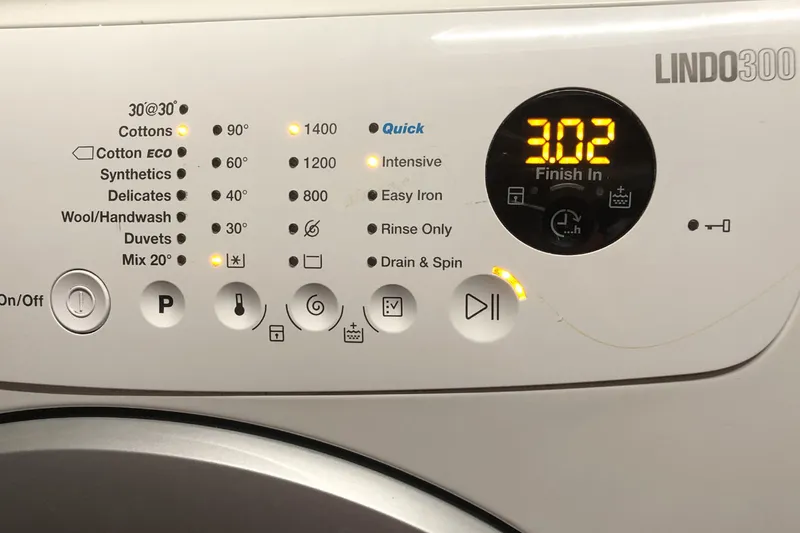
Getting a great wash with cold water is super-easy. You may only need a few tweaks to your normal routine.
Here is what I do to get brilliant whites when washing in cold water:
Step 1 - Pretreat stains
If you have stains, rub in some dish soap, or a bar of soap.
For biological stains, such as blood, oil and food spills, Vanish stain remover bar is brilliant. Just rub the stain with the bar and then wash as normal.
For ease, I like to make up a spray bottle of my favourite biological laundry liquid and some water. Then I simply spray over any stains and then throw in the wash.
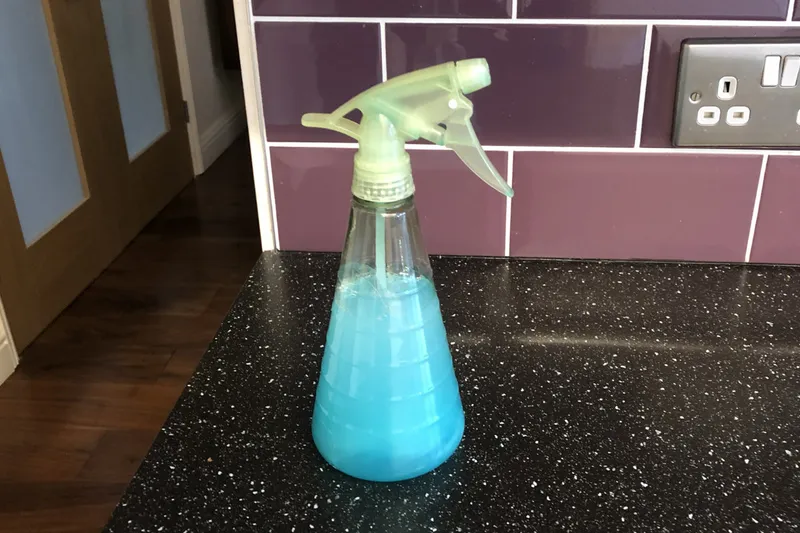
Step 2 - Add washing powder
For a decent wash, you need warmth, good detergent and agitation.
As we are taking out the warmth factor, so we really need to up our game on the other two.
To improve results even further, I like to use a detergent that is designed for cold water washing, such as Ariel Biological Liquid. A liquid detergent will get to work quicker, but you can use powder too if you prefer that.
I also like to add a couple of tablespoons of washing soda crystals, so I can use less of the expensive detergent.
The combination of a good quality detergent plus washing soda crystals means that I get a great wash, plus some of the fragrance of the washing liquid without it being too overpowering.
Why not save even more and make your own detergent? Check out this post on how to make your own laundry detergent.
For washing whites in cold water (and warm too) I also add a tablespoon of oxygen-based whitener such as Oxiclean. Oxiclean works just as well in cold temperatures and makes whites nice and bright.
Don’t be tempted to use fabric conditioners for whites, as they can often make them dull over time.
Instead of fabric softener, I recommend adding some distilled white vinegar to the rinse cycle. Vinegar will naturally soften the fibres, and it also does a fantastic job of killing bacteria in the wash and in your machine.
Step 3 - Set the cycle
For the best result at cold temperatures, I like to choose a regular or intense cycle. I avoid short washes unless I have a half load or the washing isn’t very dirty.
Step 4 - Dry
Now you have saved so much electricity by washing your whites in cold water, you will want to avoid using a tumble dryer!
I love to put my washing on the line if possible, but it’s not always an option.
One trick I have learned when the drying conditions aren’t great is to do a second spin. If you space out the laundry as much as possible, there is more room for air to circulate, and it all dries quicker.
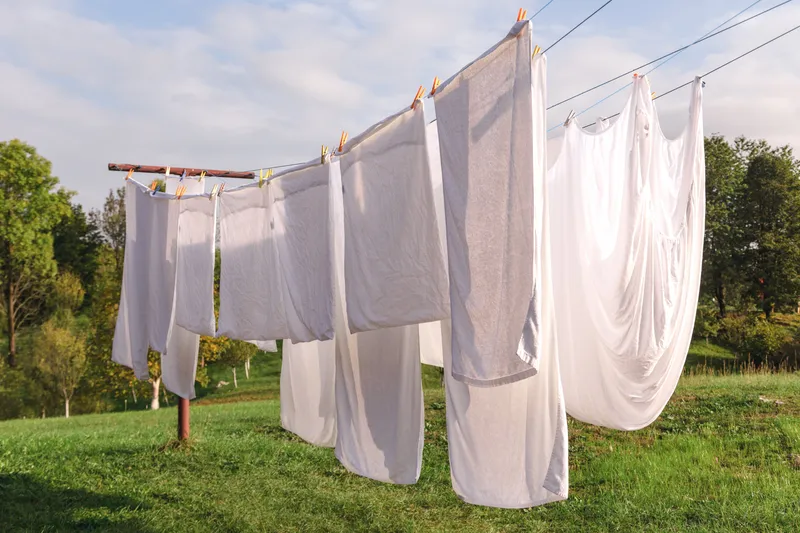
If you have to dry inside, avoid putting your laundry directly on a radiator because it can make the room colder. Placing an airer in-front of the radiator is best.
Here’s an excellent indoor drying rack:

Does washing clothes in cold water kill germs?
Cold water will not kill as many germs as hot water. If killing germs is your priority, I don’t recommend cold water washing.
However, there is plenty you can do to help.
Here’s how to kill bacteria when washing at cold temperatures:
- Don’t overload your machine.
- Select a medium or long cycle length.
- Add distilled white vinegar to the rinse cycle.
- Add a Milton sterilizing tablet to the wash. It will bleach whites and sanitize at the same time.
- Line dry in the sunshine or in a hot tumble dryer.
Related reading:
Looking after your machine
When you regularly wash at cold temperatures, it is important to look after your machine because bacteria and old detergent can build up and cause it to smell.
One thing you can do to stop your washing machine from smelling is by running a monthly maintenance wash.
Here’s how:
- Empty the machine.
- Add a generous amount (at least one cup) of washing soda crystals or baking soda directly to the drum.
- Add a half to one cup of distilled white vinegar to the fabric softener compartment.
- Run the hottest wash you have.
If you can’t fit much vinegar in the softener compartment, run a second short cycle with vinegar, adding it to the washing powder compartment instead.
Another thing you can do to keep your machine fresh is to add distilled white vinegar to every wash. Add it to the fabric softener compartment instead of your usual fabric softener. It will naturally soften your laundry, remove any remaining detergent residue, and also sanitize both your washing and the machine.
Find out more on how to make your own homemade disinfectant cleaner for laundry.
Frequently asked questions
What washing detergent should I use for whites?
Most washing powders are now formulated to work in cold temperatures, so always check the label before you buy. For whites, choose one containing a whitener or add a scoop of oxygen-based bleach to your washing load.
Can white clothes get clean in cold water?
White clothes can get just as clean in cold water as in hot. Make sure you sort your washing, so you only have white clothes in the load, and add a bit of oxygen-based whitener to keep whites white.
Can you wash white clothes with colors in cold water?
I’ve tried mixing whites and colors, but found that colors can still run, even in cold water. My advice would be to keep them separate.

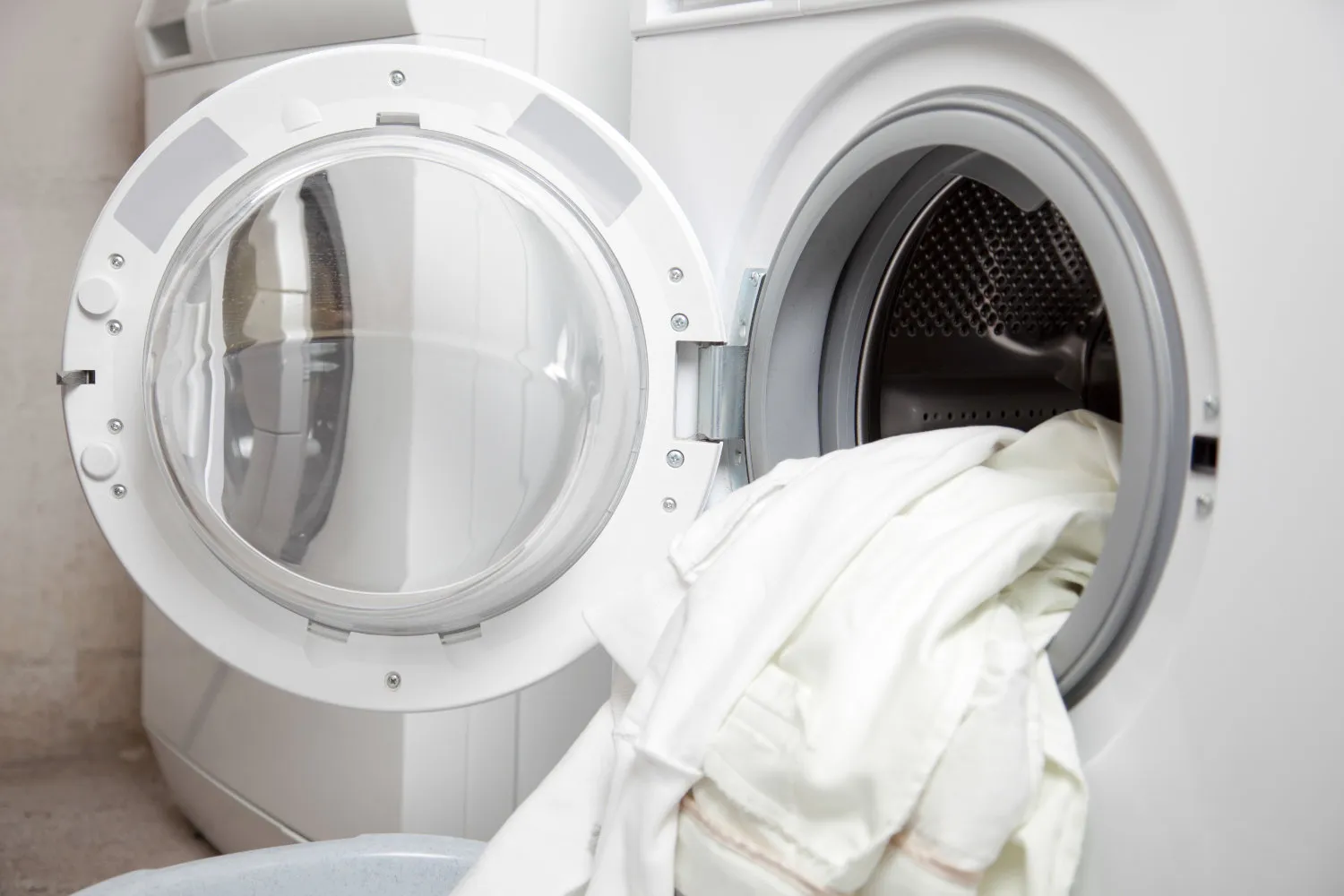

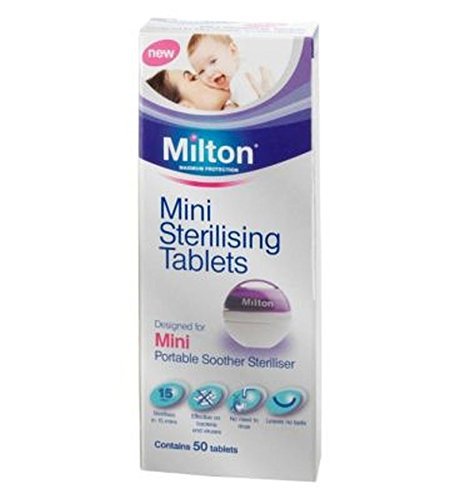


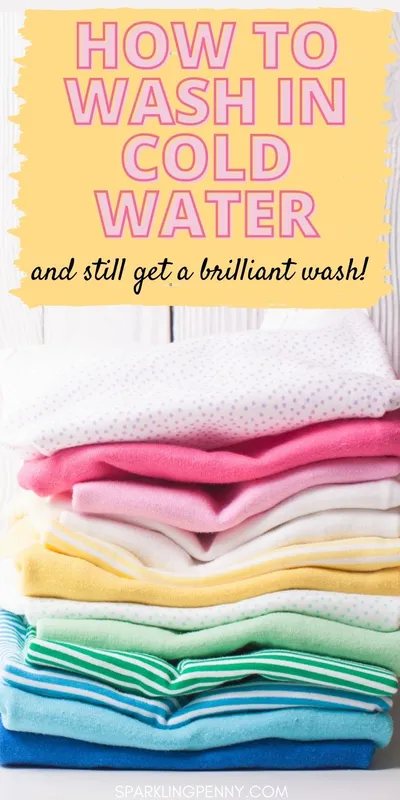

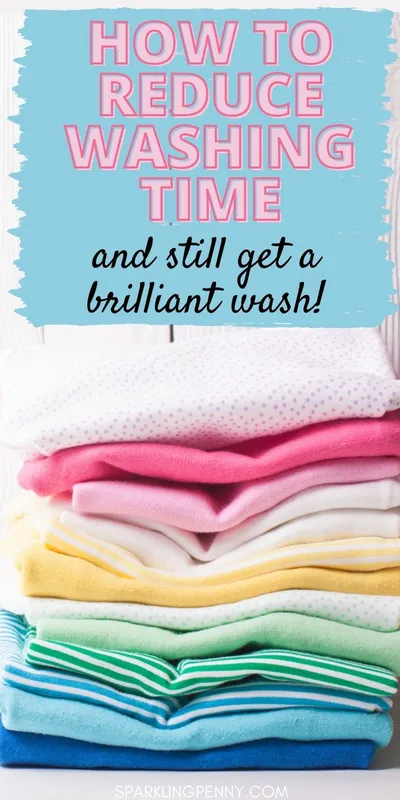


.DSN35tZA_Z17xewh.jpeg)
.CA2Scmpg_14af9v.jpeg)
.DXoqrYy3_ZTk8Fz.jpeg)
Share your thoughts
Your email address will not be published. Required fields are marked *